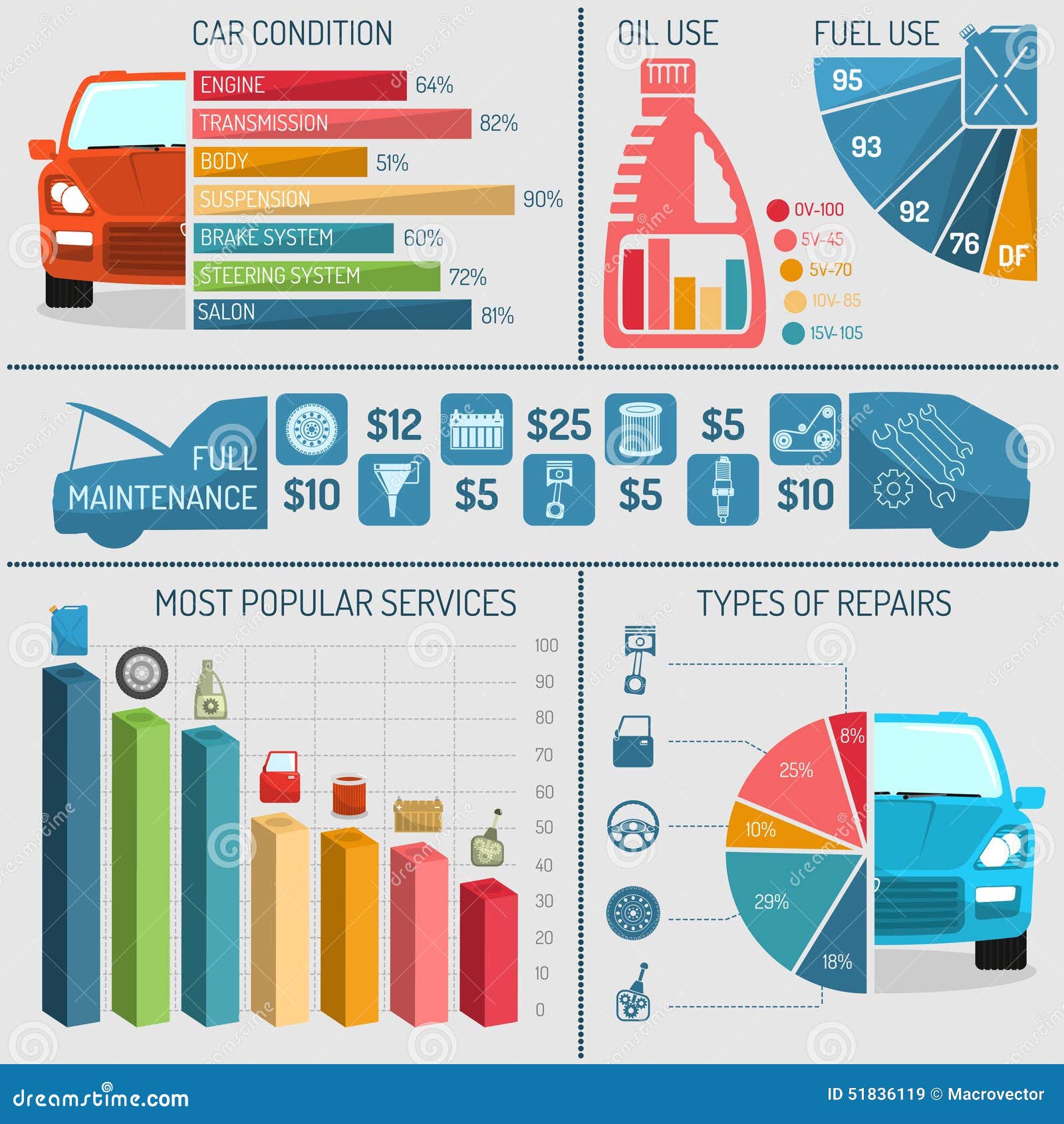Want To Find Out More About The Warning Lights On Your Dashboard? Uncover What They Indicate Regarding Your Car'S Health And Safety
Want To Find Out More About The Warning Lights On Your Dashboard? Uncover What They Indicate Regarding Your Car'S Health And Safety
Blog Article
Created By-Samuelsen Kejser
When you're behind the wheel, those beautiful caution lights on your control panel can be a bit perplexing. Do you understand what they're trying to tell you regarding your cars and truck's health and wellness? Comprehending the value of these lights is important for your safety and security and the longevity of your vehicle. So, the following time one of those lights appears, wouldn't you want to analyze its message properly and take the needed actions to address it?
Common Warning Lights and Interpretations
Recognize typical caution lights in your cars and truck and comprehend their significances to ensure secure driving.
The most regular warning lights include the check engine light, which indicates problems with the engine or discharges system. If this light comes on, it's essential to have your automobile examined immediately.
The oil pressure alerting light suggests low oil stress, requiring immediate interest to prevent engine damage.
A flashing battery light might recommend a faulty charging system, potentially leaving you stranded if not attended to.
The tire stress surveillance system (TPMS) light signals you to reduced tire pressure, affecting lorry security and gas effectiveness. Ignoring this might lead to harmful driving conditions.
The abdominal light shows an issue with the anti-lock stopping system, jeopardizing your capacity to quit rapidly in emergency situations.
Last but not least, the coolant temperature level alerting light warns of engine overheating, which can lead to serious damages if not settled promptly.
Comprehending these common warning lights will certainly help you address issues immediately and maintain risk-free driving conditions.
Relevance of Prompt Attention
Understanding the typical warning lights in your vehicle is just the very first step; the significance of promptly attending to these warnings can not be highlighted enough to ensure your safety when traveling.
When a warning light illuminates on your control panel, it's your cars and truck's method of connecting a prospective issue that needs attention. Neglecting these warnings can cause more extreme troubles later on, compromising your safety and security and possibly costing you more out of commission.
Prompt interest to cautioning lights can prevent breakdowns and crashes. As an example, a flashing check engine light could indicate a misfire that, if left ignored, could trigger damage to the catalytic converter. Addressing this immediately can save you from a pricey repair work.
In a similar way, a brake system cautioning light could signify reduced brake fluid or worn brake pads, essential parts for your security when driving.
Do It Yourself Troubleshooting Tips
If you notice a caution light on your dashboard, there are a couple of DIY troubleshooting pointers you can attempt before looking for expert aid.
The initial step is to consult your auto's manual to understand what the certain caution light indicates. Often the concern can be as basic as a loosened gas cap triggering the check engine light. Tightening up the gas cap may fix the issue.
An additional common issue is a low battery, which can trigger various alerting lights. Inspecting the battery connections for deterioration and ensuring they're safe and secure could deal with the problem.
If a warning light persists, you can try resetting it by disconnecting the car's battery for a couple of minutes and then reconnecting it. Additionally, examining your car's fluid levels, such as oil, coolant, and brake fluid, can aid troubleshoot alerting lights connected to these systems.
you could try these out , comprehending your auto's caution lights is necessary for keeping your automobile running efficiently and safely. By promptly attending to https://interestingengineering.com/10-of-the-best-youtube-channels-for-keeping-your-car-in-fit-condition and recognizing what they suggest, you can avoid costly fixings and possible breakdowns.
Bear in mind to consult your vehicle's manual for particular information on each cautioning light and take action appropriately to guarantee a trouble-free driving experience.
Keep notified, remain safe when driving!
